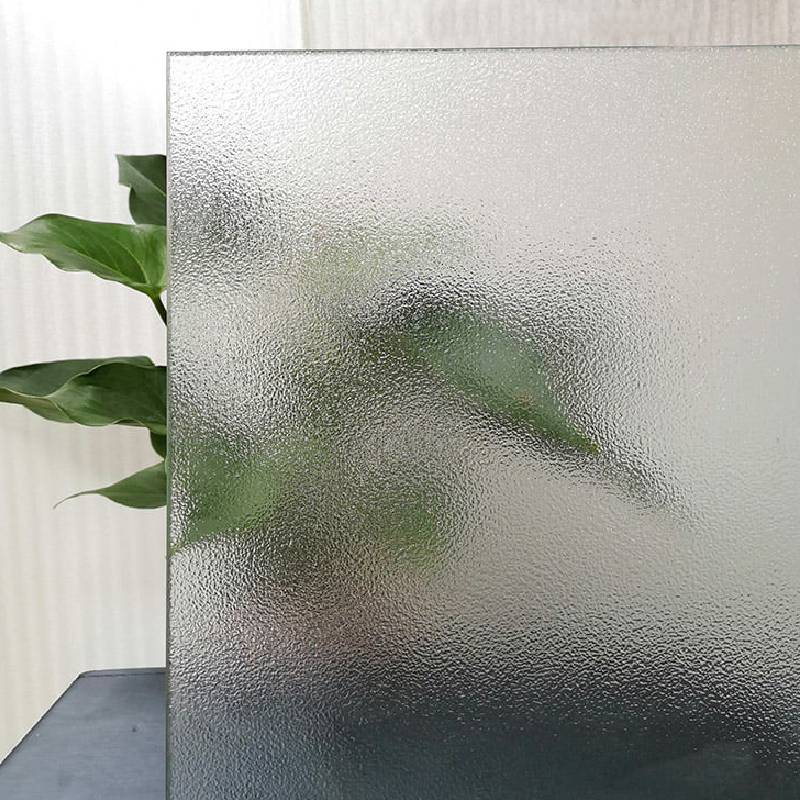Translucent to Opaque Glass The Art of Light Manipulation
The interplay of light and materials has fascinated humanity for centuries, and glass, in its myriad forms, stands as one of the most intriguing mediums. Among the diverse types of glass, translucent and opaque glass serve essential roles in both functionality and aesthetics. This article explores the transition from translucent to opaque glass, examining its applications, manufacturing processes, and aesthetic significance.
Understanding Translucent and Opaque Glass
Translucent glass allows soft light to pass through while obstructing clear vision, making it an excellent choice for environments where privacy is needed without sacrificing natural light. Common uses include bathroom windows, glass door panels, and decorative lighting fixtures. On the other hand, opaque glass blocks light entirely. Its applications are often more utilitarian, such as in institutional settings, where complete privacy is paramount, or in the manufacture of products like glass bricks and tiles used in construction.
The transition from translucent to opaque glass embodies a fascinating journey of design and functionality. This transformation can be achieved through various methods, including the use of specific glass compositions, surface treatments, or coatings. By manipulating the properties of glass, designers and architects can harness its potential to create spaces that resonate with both beauty and purpose.
Manufacturing Processes
The manufacturing of translucent glass typically involves adding certain materials to the molten glass, which disrupts the clarity while allowing light to filter through. Common ingredients include fine grains of sand, which scatter light and create that ethereal glow characteristic of translucent glass. The result is a material that diffuses light softly, adding a serene ambiance to any setting.
In contrast, achieving opaque glass is a more straightforward process. Opaque glass can be created by adding opacifying agents such as titanium dioxide during the melting process, resulting in a glass that does not transmit light. This type of glass, while lacking the light-diffusing quality of its translucent counterpart, possesses its unique charm and is often favored for its sleek, modern aesthetic.
translucent to opaque glass
Moreover, surface treatments also play a critical role. Techniques such as sandblasting or etching can alter the transparency of glass, rendering it translucent or opaque. These processes not only affect visibility but also contribute to the tactile quality of the glass, adding depth and texture to the final product.
Aesthetic Considerations
In interior design, the choice between translucent and opaque glass can dramatically influence the mood and functionality of a space. Translucent glass brings warmth and light into an area, providing a softer look that is often preferred in residential spaces. It can be particularly effective in creating a sense of openness, especially in smaller homes where maximizing light is crucial.
Conversely, opaque glass lends an air of sophistication and privacy. It is often used in commercial spaces, such as office buildings and healthcare facilities, allowing for partitioning and separation without the starkness of conventional walls. The seamless integration of opaque glass into architectural designs can enhance modernism, creating clean lines and a minimalist aesthetic.
Environmental Considerations
The choice of glass type also has environmental implications. Translucent and opaque glasses can be designed to reflect sunlight and regulate heat, thus improving energy efficiency in buildings. Smart glass technologies are emerging that allow the properties of glass to change dynamically in response to environmental conditions, offering potential solutions for sustainable architecture. These innovations will play a crucial role in the future of building design, encouraging a shift towards more energy-efficient materials.
Conclusion
In conclusion, the transition from translucent to opaque glass illustrates the versatility and beauty of this remarkable material. Each type serves distinct purposes while contributing to the overall aesthetic and functional dynamics of a space. As technology continues to evolve, it is likely that glass will further transform, creating new possibilities for both architects and designers. By mastering the manipulation of light through glass, we can enhance our environments, ensuring they are not only visually appealing but also practical and sustainable in the long run. The journey of glass, from translucent to opaque, reflects our ongoing quest for innovation and harmony within the built environment.
 Afrikaans
Afrikaans  Albanian
Albanian  Amharic
Amharic  Arabic
Arabic  Armenian
Armenian  Azerbaijani
Azerbaijani  Basque
Basque  Belarusian
Belarusian  Bengali
Bengali  Bosnian
Bosnian  Bulgarian
Bulgarian  Catalan
Catalan  Cebuano
Cebuano  Corsican
Corsican  Croatian
Croatian  Czech
Czech  Danish
Danish  Dutch
Dutch  English
English  Esperanto
Esperanto  Estonian
Estonian  Finnish
Finnish  French
French  Frisian
Frisian  Galician
Galician  Georgian
Georgian  German
German  Greek
Greek  Gujarati
Gujarati  Haitian Creole
Haitian Creole  hausa
hausa  hawaiian
hawaiian  Hebrew
Hebrew  Hindi
Hindi  Miao
Miao  Hungarian
Hungarian  Icelandic
Icelandic  igbo
igbo  Indonesian
Indonesian  irish
irish  Italian
Italian  Japanese
Japanese  Javanese
Javanese  Kannada
Kannada  kazakh
kazakh  Khmer
Khmer  Rwandese
Rwandese  Korean
Korean  Kurdish
Kurdish  Kyrgyz
Kyrgyz  Lao
Lao  Latin
Latin  Latvian
Latvian  Lithuanian
Lithuanian  Luxembourgish
Luxembourgish  Macedonian
Macedonian  Malgashi
Malgashi  Malay
Malay  Malayalam
Malayalam  Maltese
Maltese  Maori
Maori  Marathi
Marathi  Mongolian
Mongolian  Myanmar
Myanmar  Nepali
Nepali  Norwegian
Norwegian  Norwegian
Norwegian  Occitan
Occitan  Pashto
Pashto  Persian
Persian  Polish
Polish  Portuguese
Portuguese  Punjabi
Punjabi  Romanian
Romanian  Russian
Russian  Samoan
Samoan  Scottish Gaelic
Scottish Gaelic  Serbian
Serbian  Sesotho
Sesotho  Shona
Shona  Sindhi
Sindhi  Sinhala
Sinhala  Slovak
Slovak  Slovenian
Slovenian  Somali
Somali  Spanish
Spanish  Sundanese
Sundanese  Swahili
Swahili  Swedish
Swedish  Tagalog
Tagalog  Tajik
Tajik  Tamil
Tamil  Tatar
Tatar  Telugu
Telugu  Thai
Thai  Turkish
Turkish  Turkmen
Turkmen  Ukrainian
Ukrainian  Urdu
Urdu  Uighur
Uighur  Uzbek
Uzbek  Vietnamese
Vietnamese  Welsh
Welsh  Bantu
Bantu  Yiddish
Yiddish  Yoruba
Yoruba  Zulu
Zulu 

